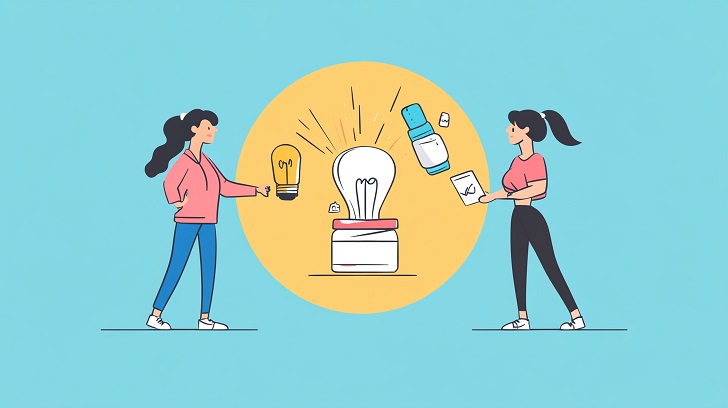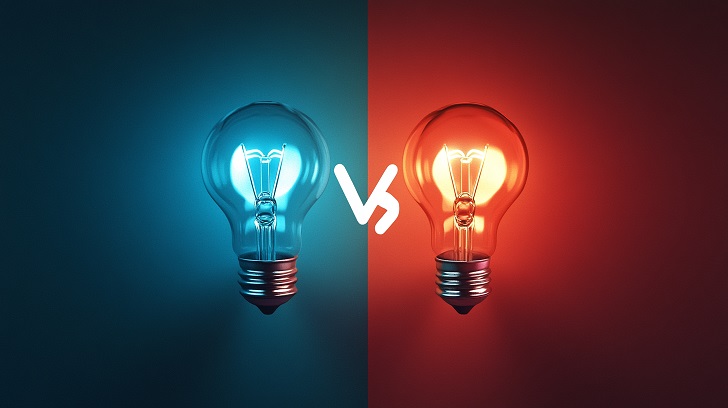In the fast-paced world of startups and tech innovation, the terms Minimum Viable Product (MVP) and Minimum Lovable Product (MLP) have become cornerstone strategies for product development. While both approaches aim to bring a new product to market swiftly and efficiently, they have distinct characteristics and advantages that can make or break a business’s entry into the market.
The Essence of MVP
The MVP strategy is about finding the fastest path to market by developing the bare minimum features that allow the product to be launched. The philosophy behind this is not just speed but also efficiency and learning. An MVP provides immediate value, quickly, with very little effort, and perhaps most importantly, creates a feedback loop to guide future development.
For instance, when Dropbox was just a concept, founder Drew Houston created a video demonstrating the product’s potential which acted as an MVP. This simple demonstration led to a huge swell in early sign-ups, proving there was a demand for the service. By employing an MVP strategy, Dropbox was able to assess market interest and pivot its approach accordingly.
MVP Benefits:
- Accelerates time-to-market: By focusing on core functionalities, MVPs enable swift launches.
- Reduces initial costs: Startups spend less on development for an MVP.
- Facilitates user feedback: An MVP’s simplicity allows for clear consumer feedback loops.
- Enables pivot or persevere decisions: Insights allow startups to refine or alter their offerings appropriately.
Transitioning to MLP
Contrarily, the MLP takes the concept of MVP a step further by not just delivering the minimum functionality but also adding an element of delight to the user experience. An MLP focuses on not just how quickly and cheaply a product can be released, but on how much it is loved by its users.
A research paper from the Journal of Product Innovation Management suggests that emotional connection with a product stimulates customer loyalty and advocacy. This drives home the point that an MLP isn’t just a usable or functional product, but one that resonates with emotional appeal and user experience.
MLP Benefits:
- Creates user advocates: The delightful experience turns users into vocal proponents.
- Builds stronger brand identity: Good design and user experience reflect on the brand’s image.
- Increases user retention: Loveable experiences are harder to abandon.
- Differentiates from competition: In a saturated market, MLPs can stand out more effectively.
Combining MVP and MLP
Acknowledging the strengths and weaknesses of both, a new hybrid philosophy can be derived: launching with an MVP with an MLP mindset. This means not only testing product viability quickly and efficiently but also infusing the product with enough value and delight to forge a tangible connection with consumers.
For example, while Airbnb began as an MVP with its founders renting out an air mattress in their living space, its shift toward creating a loveable experience helped to scale the platform into the MLP that it is today. By focusing on improving user experience and fostering a sense of community, Airbnb was able to transform from a simple idea into a globally beloved brand.
The Key to Unlocking Startup Success
It bears noting that developing an MLP does not necessarily mean extending the development timeline indefinitely. In fact, MVP and MLP should not be viewed as sequential phases, but rather as overlapping parts of a continuous development cycle focused on user-centric design.
Combining the lean startup approach of the MVP with the emotional appeal of the MLP requires a fine balance. It’s about finding the optimal intersection where minimal features meet maximum love. A case study from Harvard Business Review shows that businesses that efficiently balance functionality with desirability tend to outperform their competition in terms of customer satisfaction and retention.
Key Strategies for Blending MVP and MLP
Building an MVP with an MLP focus involves incorporating user experience research early on. This might include UX prototyping, user interviews, and usability testing to ensure that the product is both functional and delightfully usable. Keeping the user at the heart of product development is critical for molding a product that is not only viable but also irresistible to users.
Moreover, examining the analytics and feedback collected from initial MVP users can guide enhancements towards an MLP. It’s a continuous cycle of build-measure-learn that’s fundamental in the lean methodology.
Why Both MVP and MLP are Essential?
Ultimately, whether a startup should pursue an MVP or MLP may come down to the nature of its target market and industry. For highly competitive markets, the added value and differentiation of an MLP might be necessary for a product to stand out. For more niche markets, the quick launch and iterative learning provided by an MVP could prove more advantageous, allowing for rapid pivoting and adaptation.
In conclusion, understanding the interplay between MVP and MLP equips founders and product managers with a powerful toolkit for strategic product development. By integrating the insights gained from initial MVPs with the emotional resonance of MLPs, startups can devise products that are not just mere entries into the market, but disruptive forces that are equally viable and lovable.
As the startup landscape becomes ever more competitive and user expectations continue to rise, employing a blend of these strategies could be the key differentiator between a startup’s failure and its emergence as a market leader. After all, in the words echoed by users and customers worldwide — we don’t just want products that work; we want products that we love.




